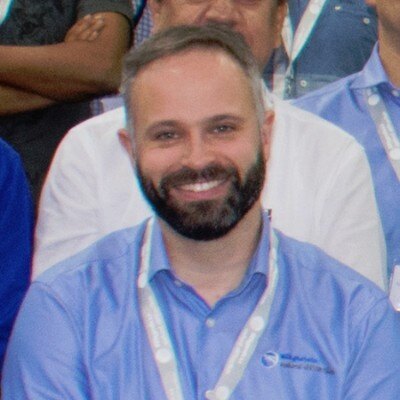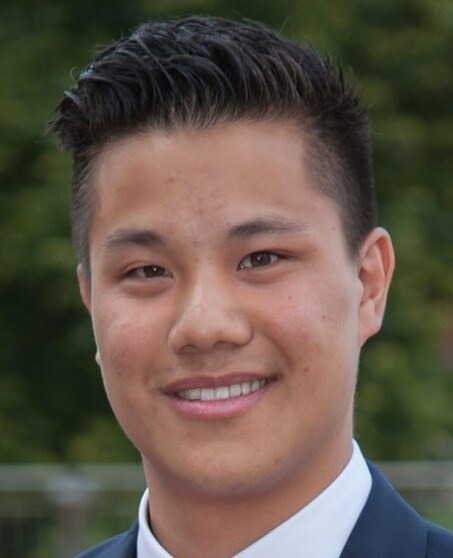
Rigaku School for Practical Crystallography
We will be holding a Rigaku School for Practical Crystallography on basic topics in crystallography from January 26 - February 6, 2026 beginning at 6 AM GMT and running for up to 90 minutes each day. (Use this Time Zone converter to determine your local time.)
The majority of the time will be spent on small molecule crystallography. This is a great opportunity for people interested in crystallography to gain a basic foundation of single crystal analysis from a practical point of view.
We hope that you both enjoy and gain something from this School and look forward to meeting you, virtually.
Schedule at a Glance
The scope of this practical school is ‘single-crystal area detector diffractometry’.
Today’s single-crystal diffraction instrumentation is characterized by highly brilliant X-ray sources, precise multi-axes goniometers and fast in case of Rigaku photon counting area detectors.
The critical parameter in experimentation is the required resolution of the diffraction experiment. While in PX experiments the regime is in many cases ‘Connectivity’ experiments (due to the diffraction power of large cell proteins), in the SM crystallography it ranges from ‘Connectivity (Interactive Crystallography)’ to ‘Standard IUCR resolution’ experiments (question of some hrs) and ends with sophisticated ‘High resolution charge density’ experiments (the master class). The introduction will explain this notion of resolution and try to give a ‘price’ for its requirement. The price may mean time, success, processing. The user should be aware what question he/she asks to and from the experiment. We will explain how to plan experiments for these three resolution types.
As life is sometimes is a challenge, more hurdles appear during experimentation like sample twinning, sample mosaicity (from single crystal to powder), ‘tragedies’ of experimenting (sample mount, cooling, fixing artifacts)… Modern software allows dealing with these (at least for the instructed…).
The upcoming set of seminars will explore all these areas further in detail.
Rigaku single crystal X-ray diffractometers all come with CrysAlisᴾʳᵒ, a user-inspired data collection and data processing software for small molecule and protein crystallography. Designed around an easy-to-use graphical user interface, CrysAlisᴾʳᵒ can be operated under fully automatic or manual control, allowing users different levels of intervention according to whether an easy data collection is carried out or a more problematic case must be tackled, such as a twinned crystal, a pseudo-symmetry issue in the lattice or a modulated structure.
We will give an overview of the most commonly used techniques to crystallize small molecules compounds. This will be followed by a live analysis of a well-diffracting small molecule crystal, using the Rigaku microfocus sealed tube X-ray diffractometer, the XtaLAB Synergy-S. We will cover crystal mounting/centering and screening/indexing. Beyond demonstrating the CrysAlisᴾʳᵒ capabilities, tips for the best practice for each of these steps will be discussed.
We will also cover strategy calculation and data collection. We will show how concurrent data processing in CrysAlisᴾʳᵒ and structure solution using AutoChem (an automated version of Olex2) are performed even as data collection proceeds. Lastly, a feature very unique to CrysAlisᴾʳᵒ will be demonstrated: ‘What Is This’. This feature allows for the collection of a fast data set to 1 Å for the purpose of getting the connectivity of a compound, as quality control for what is in the crystal when a detailed and refined crystal structure is not needed.
We will solve and refine a simple structure using Olex2. We will move on to progressively more tricky cases in this short whirlwind tour of Olex2.
There will be many tips and tricks, and we will cover subjects including modelling of complex disorder, dealing with twinning and even venture into the exciting new waters of anharmonic refinement and the use of non-spherical form factors in the refinement of routine X-ray structures.
In recent years, structure solution from sub-micron crystals using three-dimensional microcrystal electron diffraction (3D ED/MicroED) is maturing from an exploratory approach conducted in dedicated labs to a mainstream technique which is widely being adopted by crystallographic facilities.
Despite very different underlying technology, Rigaku’s fully integrated solution for 3D ED/MicroED, the XtaLAB Synergy-ED, makes it effortless to transition from X-ray to electron crystallography. Just as Rigaku’s X-ray diffractometers, it is operated entirely by the acclaimed CrysAlisPro data collection and processing suite, providing a seamless workflow from instrument control and sample screening via visual electron imaging to structure refinement using AutoChem.
In this course, we will cover aspects of this workflow specific to electron diffraction, regarding preparation of suitable nanocrystalline samples, sample grid screening, and considerations for setting up data collection.
This class will provide a brief introduction to the theory of absolute structure determination using both X-ray and electron crystallography but will mostly focus on the practical approach of data collection, refinement, and validation. Selecting an experimental condition and proper data collection strategy is crucial for adequate validation of the absolute structure. The validation is performed by calculation of the specific parameter (Flack, Parson or Hooft for XRD; Z-score or delta-R1 for ED), during the crystal structure model refinement.
After this class, you should be able to understand the relation between sample composition and data quality requirements; be ready to correctly chose experimental conditions for diffraction data collection resulting in a valid absolute structure with the help of CrysAlisPro software; perform absolute structure refinement and validation in Shelxl/Olex2 program and extract the information required for publication.
Contact: Fraser White
Product Marketing Manager SMX
Rigaku Oxford Diffraction
fraser.white@rigaku.com








